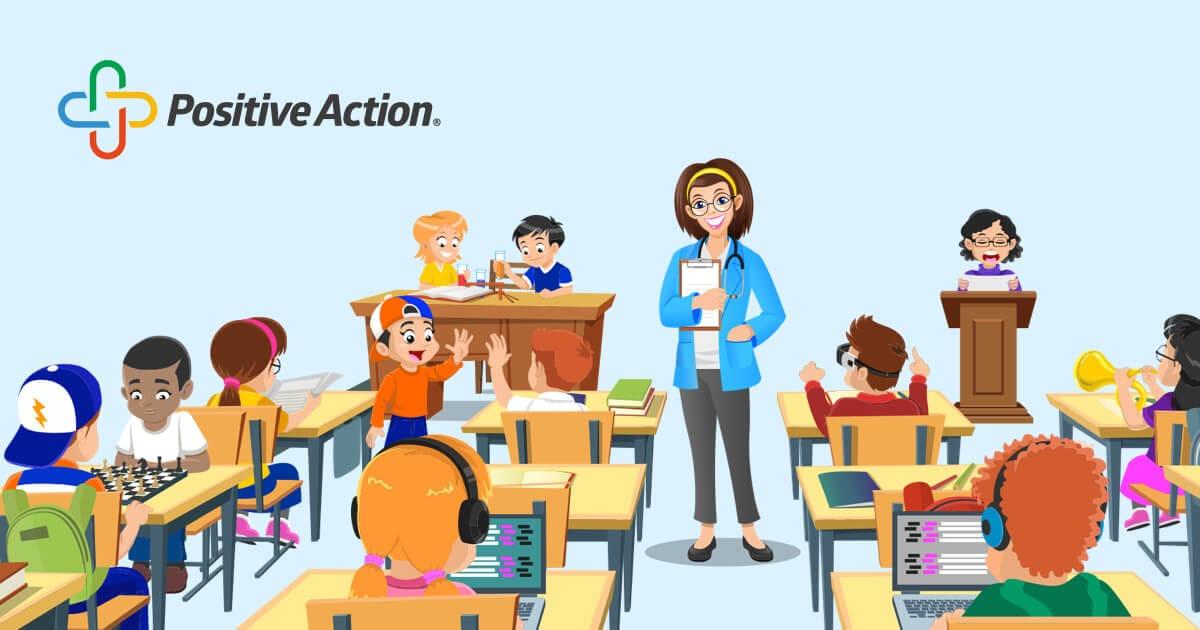Effective SEL Strategies for Students with Special Needs: A Guide for Inclusive Classrooms
Social and Emotional Learning (SEL) is a fundamental aspect of modern education, yet its request in inclusive classrooms remains a challenge—especially for students with special needs. Effective SEL not only enhances emotional intelligence and interpersonal skills, but also fosters a supportive learning environment where everyone can thrive. In this article, we explore powerful, research-backed SEL strategies specifically tailored for students with special needs, offering practical advice for educators committed to fostering inclusivity. Whether you’re a special education teacher, general educator, or administrator, this guide will equip you with actionable insights to promote successful SEL for diverse learners.
Understanding the Importance of SEL for Students with Special Needs
Students with special needs often face unique social and emotional challenges—ranging from difficulty interpreting social cues to regulating emotions and building peer relationships.Incorporating SEL in inclusive classrooms can:
- Improve self-awareness and self-management skills
- Encourage positive social interactions
- Reduce anxiety and behavioral issues
- Enhance classroom engagement and academic performance
- Foster a sense of belonging and emotional safety
Recognizing the benefits of SEL empowers educators to tailor their teachings to fit the needs of every student, ensuring equitable access to essential life skills.
Core SEL Strategies for Inclusive Classrooms
Implementing SEL for students with special needs requires creativity, collaboration, and patience. Below are several effective,research-based strategies that educators can integrate into their classrooms:
1. Explicit SEL Instruction
Directly teaching social and emotional skills is crucial for students with special needs. Use structured lessons on:
- Recognizing and expressing emotions
- Conflict resolution skills
- Decision-making and problem-solving
Visual supports, social stories, and role-playing activities can help make abstract concepts tangible.
2. Visual Aids and Social Stories
Many students with special needs, such as autism spectrum disorders or ADHD, benefit from visual learning. Incorporate:
- Visual schedules and charts to structure daily routines
- Social stories to navigate common social situations
- Emotion cards and charts to help identify feelings
3. Safe Spaces and Sensory Supports
Setting up a designated “calm corner” or sensory area can help students self-regulate during moments of overwhelm. Equip this space with:
- Fidget tools and sensory items
- Weighted blankets or lap pads
- Noise-cancelling headphones
- Visual calming aids (soft lighting, images)
4. Collaborative Problem-Solving
Inspiring students to work together to resolve real-life dilemmas builds empathy and teamwork. Facilitate small-group discussions or peer partnerships, and model respectful dialog.
5. Modeling and Reinforcement
Consistently model SEL skills throughout the day and provide positive reinforcement when students use them. Use:
- Praise and acknowledgment
- Token boards & reward systems
- Consistent routines and visual prompts
6. Integrating Technology
Digital tools and apps offer engaging SEL learning opportunities. Try:
- Social skills apps with interactive scenarios
- Video modeling for self-regulation practices
- Online journals for reflection and self-expression
Benefits of SEL for Students with Special Needs
The positive impact of SEL for students with special needs extends far beyond the classroom:
- Improved Behavior: SEL leads to fewer disciplinary referrals and more cooperative behavior.
- Higher Academic Motivation: Students are more engaged when they feel safe and connected.
- Greater Independence: SEL helps students build advocacy skills critical for lifelong success.
- Stronger Home-School Partnerships: SEL strategies empower families to reinforce learning at home.
Schools that prioritize inclusive SEL witness more harmonious and resilient learning communities, benefiting all students.
Practical Tips for Inclusive SEL Implementation
Here are some tried-and-true tips for integrating SEL in your inclusive classroom setting:
- Start Small: Focus on one or two SEL competencies at a time. Gradually scaffold new skills as students master the basics.
- Use Multisensory Techniques: Incorporate tactile, visual, and auditory elements to cater to varied learning styles.
- Collaborate with Specialists: team up with special education teachers, school counselors, and therapists to design individualized SEL plans.
- Family Engagement: Provide parents and caregivers with strategies and resources to reinforce SEL at home.
- Foster Peer Support: Arrange peer buddy systems and cooperative group tasks to encourage meaningful relationships.
- continuous Assessment: Monitor student progress through observations, self-assessment, and feedback to adjust strategies as needed.
Case Study: SEL Success in an Inclusive Classroom
Consider a real-life example from a diverse 4th-grade classroom:
“Our class included several students with autism, ADHD, and learning disabilities. By integrating daily emotional check-ins using emotion cards, modeling conflict resolution through role-play, and setting up a quiet sensory space, we observed significant improvements. Students showed reduced outbursts and initiated friendships across ability groups.“
– Ms. Johnson, Inclusive Classroom Teacher
This case illustrates how consistent, inclusive SEL strategies cultivate empathy, improve behavior, and build a caring community.
First-Hand Experience: Tips from Special Education Teachers
-
Mr. Lee, Resource Teacher: “Always use clear, step-by-step instructions and lots of visuals. Many students need repetition and explicit teaching to master emotional regulation.”
-
Ms. Ramirez, Inclusion Specialist: “Don’t shy away from celebrating small victories. Even simple greetings or sharing in class can be a huge milestone!”
-
Ms. Franklin, Speech Therapist: “Involve students in setting goals. Self-advocacy is an SEL skill that can empower them for life.”
Conclusion: Building Inclusive classrooms through Effective SEL
Every student—regardless of ability—deserves a classroom environment that values their emotional growth and social development. By implementing effective SEL strategies for students with special needs, teachers not only address behavioral and academic challenges, but also nurture resilient, compassionate, and engaged learners. remember, success in SEL is a journey best traveled together, by students, educators, and families alike. Start small, celebrate progress, and watch your inclusive classroom community flourish.

